Interdisciplinary Learning
 Wednesday, February 4, 2009 at 03:44PM
Wednesday, February 4, 2009 at 03:44PM |
Themes in Geography |
Purpose |
|
I. Location
White Oak Baptist, Macedonia Baptist Church, Mt. Bethel AME, Rock Springs Church, ... Kirkland Cemetery Road, Flat Rock Road, John G. Richards (Hwy 97), etc. |
Addresses the question;
|
|
II. Place 1. Human Characteristics: a). Native Americans, Irish & Scottish Americans, African Americans, Mestizos, and Mulato Americans; b). Religious faith driven, primarily, by Protestant and/or Quaker immigrants. c). Education driven by religion based missionary schools. 2. Physical Characteristics: a). The Wateree (formerly Catawba) River, Little Lynches Creek, Pee Dee River, Swamps (near the major bodies of water); b). Appalachian Mountain Chain, Greater Pee Dee Region; c). Rabbits, Snakes, Cat-Fish. |
|
|
III. Human/Environmental Interaction 1. Economics: a). Land used for farming and cultivation of crops such as cotton, corn, wheat, etc. in the Upper-Country. b). White settlements grew up about the major waterways because of fertile soil, and navigable waters. c). Numericans counted on the swamps and water bodies as natural borders against the intrusion of first “the Regulators”, then the “Settlers”, and finally groups that can be lumped under the umbrella term “Klan”. 2. Technology: a). The Industrial Revolution had a significant impact on how work was done, where people lived, modes of transportation, as well as methods of communication. b). The industrial revolution had varied impact upon humans held as “chattel”; “freed-Men” of the American Civil War era; and subsistent farmers, at the bottom of the “caste system”. c). Environmental wastes were major hazards brought on by the industrial revolution. |
|
|
IV. Movement: 1. Physical: a). Imports and Exports move overland via rail, aircraft, and/or automotive vehicles. b). Primarily automobile, however, some do travel by aircraft or railway depending upon destination and financial situation. 2. Communications; a). Electronic mail, cellular phones, hard-line land phones, etc. b). Internet via public accommodations; internet with employer permissions. c). Limited proficiency of “heads of house-holds” discourages none commercial use of technological resources. 3. Ideas a). School system, churches, public hearings, marriages, family gatherings. b). Institutionalized controls on policies and procedures; curriculums, mission statements, etc.; traditional family values governs marriages. c). Ideology communicated via the language; symbolism associated with the “Stars & Bars”. V. Region (entire state)
1. Formal: a). Native American Homeland up to the “Age of the Explorers”; Catawbas, Creek, Cherokee. b). Age of the Explorers; incursions by the French, Spanish, Barbadians and British; c). 17th, 18th, Century Colonial Proprietary Administration of the British; d). South Carolina as one of the original thirteen colonies; e). Native American homelands; historically, governed by treaties. 2. Vernacular: a). Spirituality_ bible belt driven by religious beliefs and ideology. b). Communications; non- verbal. Counter-Culture; relied upon body language and/or music to communicate, for example Precious Lord marks a martyr, and Who’s Going Down In The Grave With Me signaled an impending act of defiance. b). Imagery; Confederate Flag, symbolic of historical beliefs associated with caste. |
|

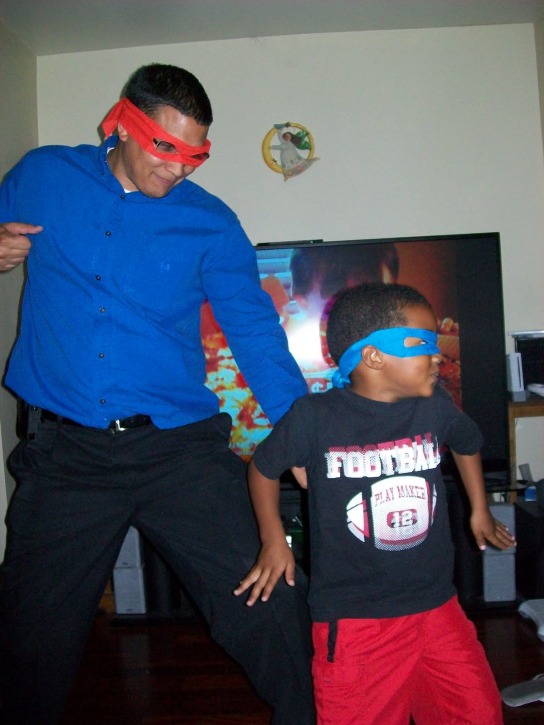
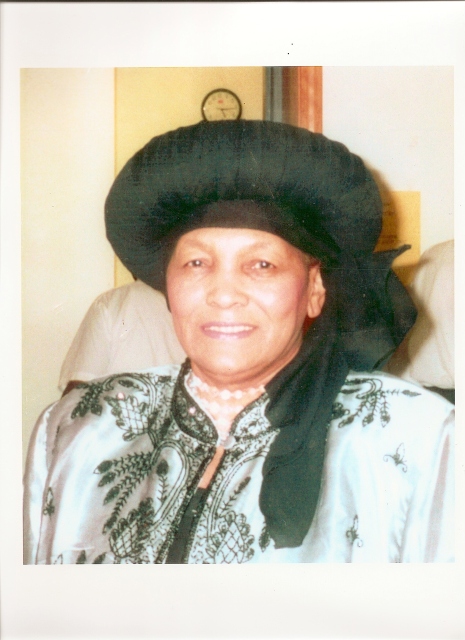 Doshia Greene Bowling
Doshia Greene Bowling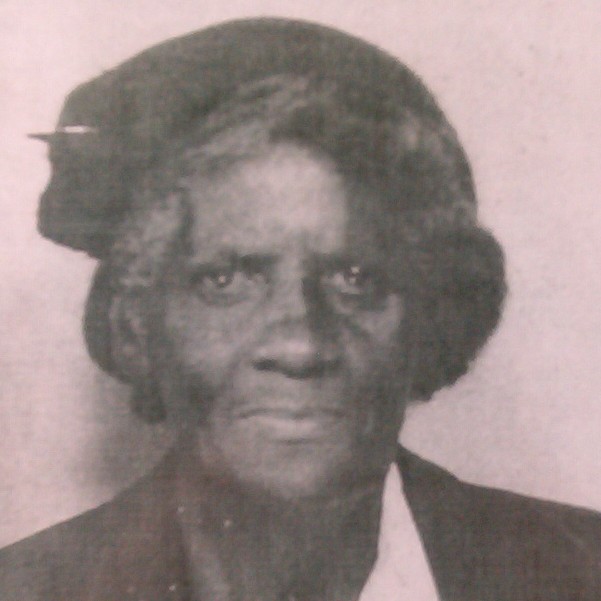
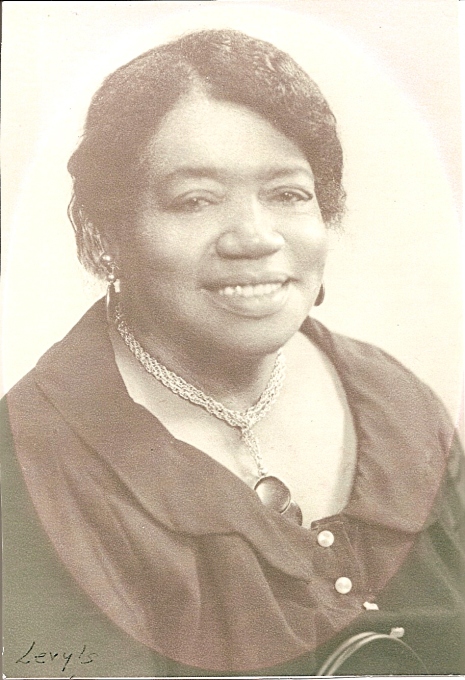
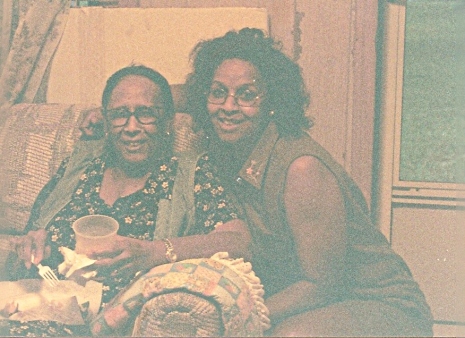
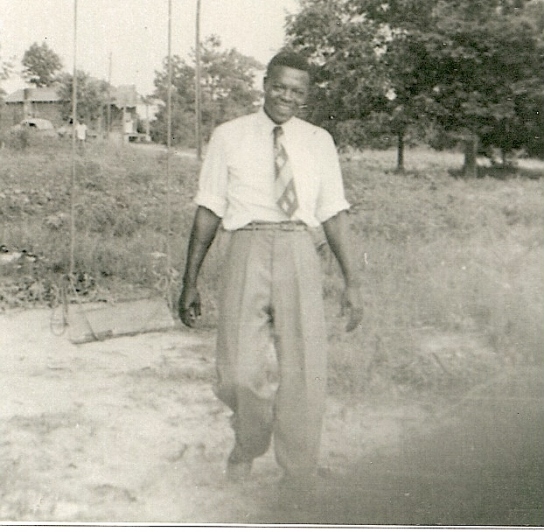
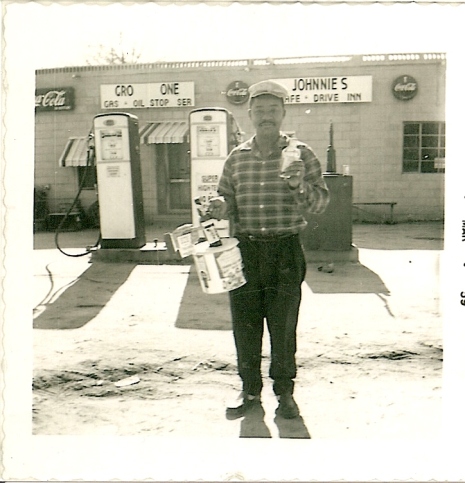
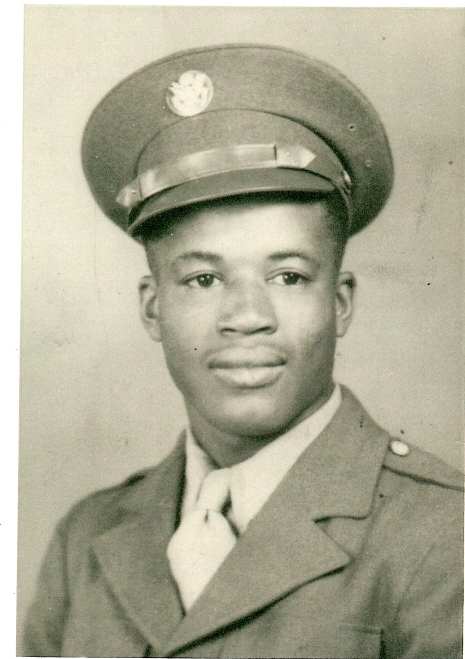
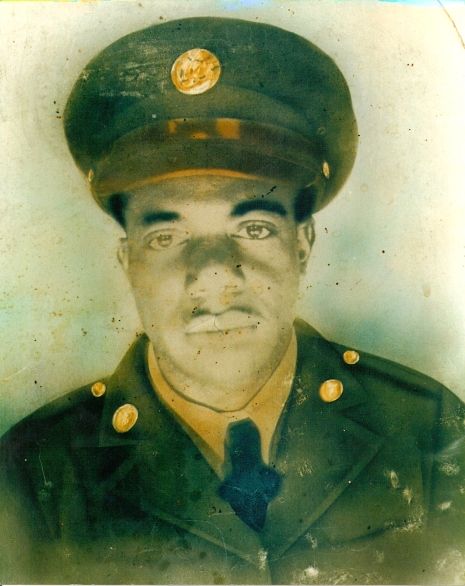

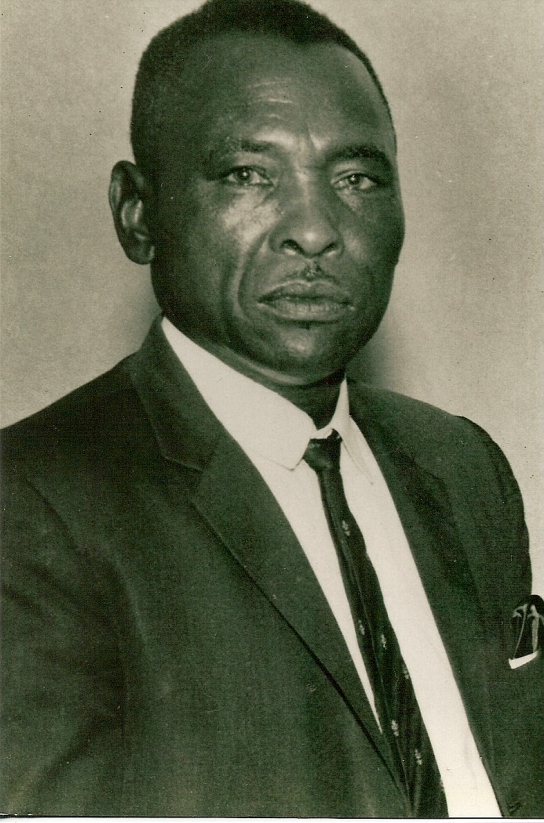
 Sunman, Bigmama, & Johnnie Lee 1979
Sunman, Bigmama, & Johnnie Lee 1979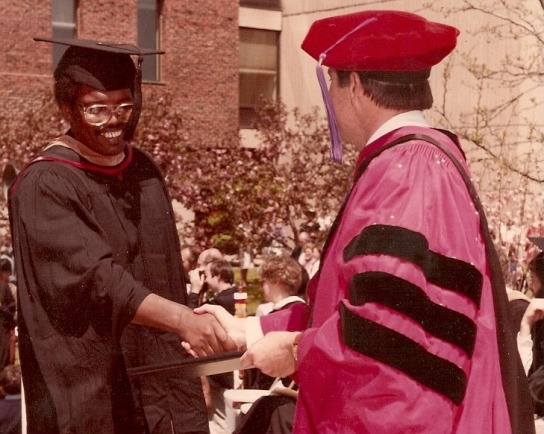
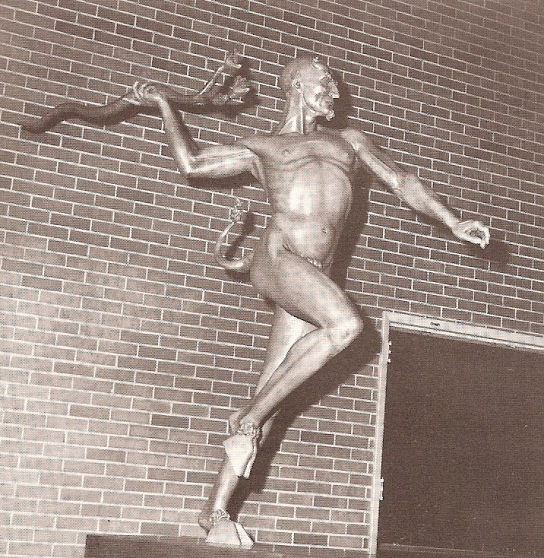
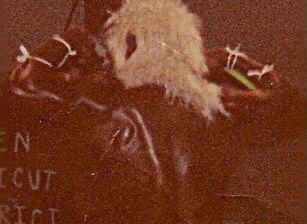
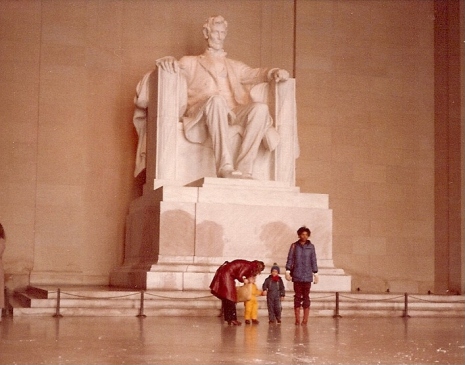

Reader Comments (1)